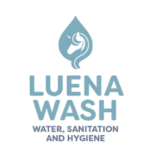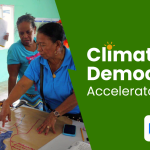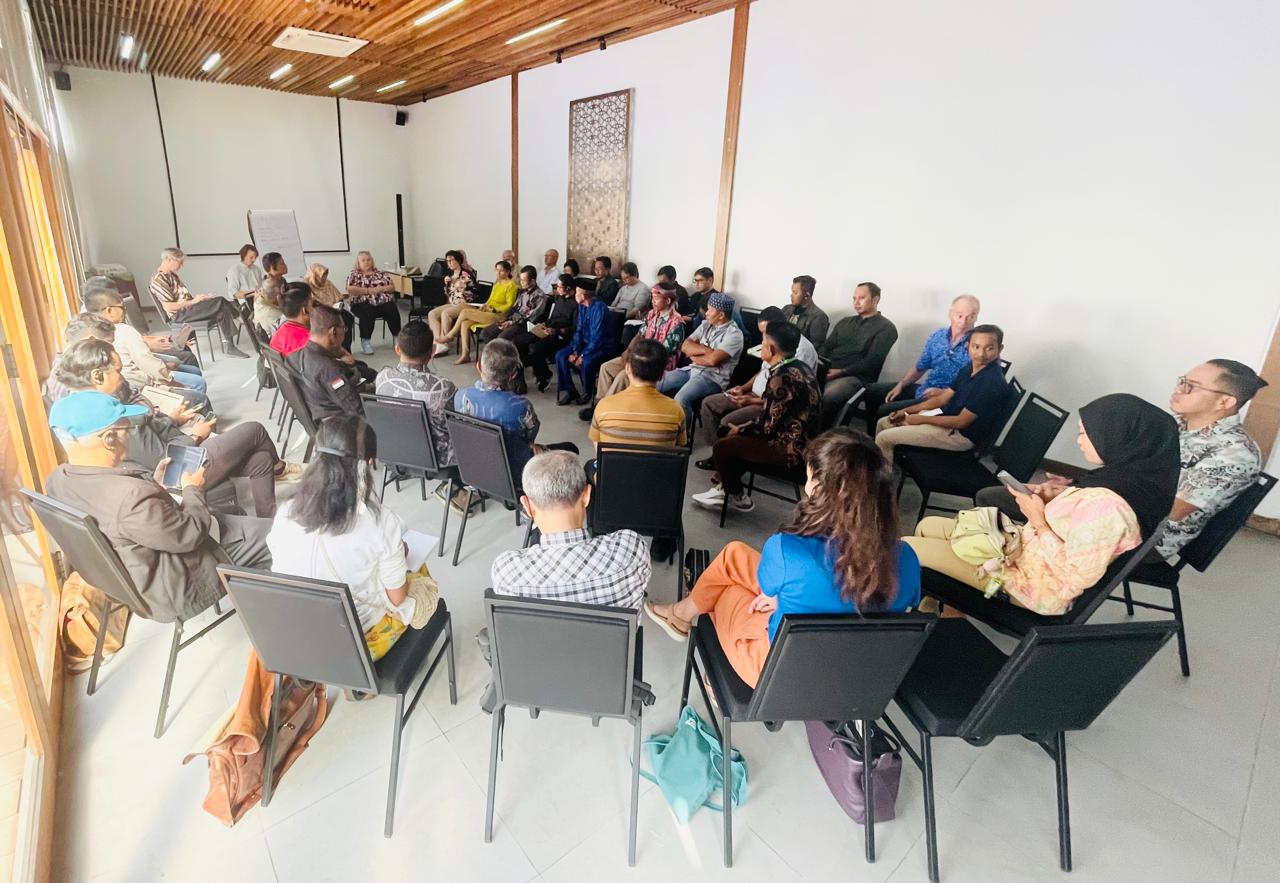Consolidated and compiled By Happy Tarumadevyanto | Independent Consultant | Environmental Asia | happy.devyanto@environmental.asia
Ensuring the Intact Forest Landscape (IFL) Guidelines don’t lead to excessive interpretation and can be applied effectively, we need to make them more specific. Here are some areas we can clarify:
More Detailed Boundaries and Definitions
- IFL Definition: We need to specify the minimum size threshold for a recognized IFL. Are there additional criteria besides area, such as the level of fragmentation or the presence of infrastructure?
- IFL Zones: Clarify whether the entire IFL area should be treated uniformly, or if there are internal zones (e.g., core zones, buffer zones) with different rules for each.
- IFL Boundary Changes: Establish clear mechanisms for validating and updating IFL boundaries. Who is responsible, what data is used (satellite imagery, field surveys), and how often are updates made?

Hasbillah, Tropical Forest Foundation, Member of FSC Economic South
Conservation and Utilization Criteria
- Prohibited Activities: A specific list of activities that are absolutely forbidden within IFLs, such as large-scale land clearing, mining, new road construction, or industrial logging.
- Permitted Activities with Conditions: For activities that might still be allowed (e.g., traditional use by indigenous communities, scientific research, ecotourism), strict criteria are needed:
- Scale: Limits on the scale of activities (e.g., volume of non-timber forest product extraction, number of visitors).
- Environmental Impact: Requirements for rigorous environmental impact assessments and specific mitigation measures.
- Approval Procedures: A transparent and multi-stakeholder (stakeholder) permitting process.
- Restoration: If there are degraded areas within an IFL, the guidelines should include clear restoration strategies, including priority plant species and restoration methods.
Role of Stakeholders
- Indigenous and Local Communities: How are their involvement and rights recognized and protected in IFL management? Explicit mechanisms for Free, Prior, and Informed Consent (FPIC) are needed.
- Government: The roles and responsibilities of central and local government institutions in enforcing guidelines, monitoring, and providing incentives.
- Private Sector: Guidelines for companies operating near IFLs regarding their social and environmental responsibilities.
- Non-Governmental Organizations (NGOs): How their role in independent monitoring and advocacy can be accommodated.
Enforcement and Monitoring Mechanisms
- Monitoring System: Details about the monitoring system to be used (e.g., use of remote sensing technology, field patrols, community reporting).
- Success/Failure Indicators: Quantitative and qualitative indicators to measure the success of guideline implementation and identify potential violations.
- Sanctions and Law Enforcement: Clear consequences for violating the guidelines, including legal sanctions and fines.
- Grievance and Conflict Resolution Mechanisms: Transparent procedures for reporting violations or conflicts related to IFLs, as well as fair resolution mechanisms.
By making these guidelines more detailed and measurable, we can reduce the room for misinterpretation and ensure that IFL protection aligns with established conservation goals.










